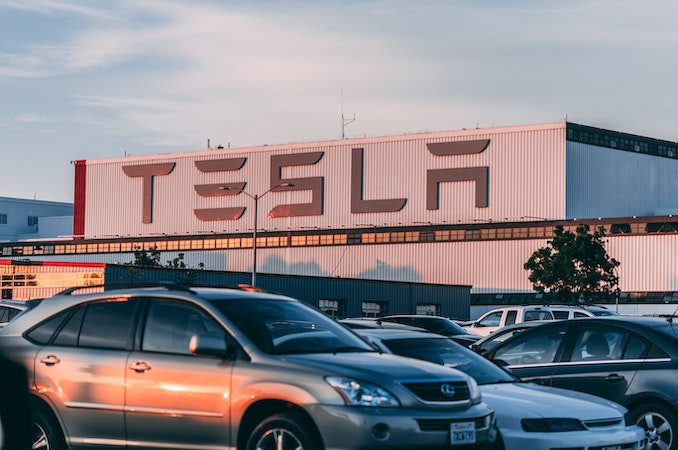Tesla is a pioneer in the electric vehicle (EV) industry, revolutionizing how we think about sustainable transportation. One key feature that has set Tesla apart from other EV manufacturers is its network of supercharging stations, allowing Tesla owners to charge their vehicles on long road trips and journeys. Recently, Tesla made history by allowing non-Tesla drivers to set their cars at five of Tesla’s supercharger locations in Australia, which is a significant boost for the EV market in Australia.
Tesla started its journey towards sustainable transportation by launching six supercharging stations in the United States in 2012, followed by the first superchargers in Australia in 2014. These superchargers allowed Tesla owners to charge their vehicles on long road trips, and they were a key selling point for Tesla’s luxury electric sedan, the Model S.
Today, Tesla has 69 supercharger stations with more than 400 individual charging stalls in Australia, available exclusively to Tesla owners. In addition to these, there are more than 35,000 registered tesla destination chargers worldwide. Depending on the version, these superchargers typically charge 150kW or 250kW, and the destination chargers charge at a more pedestrian 11.5kW.
Tesla’s decision to allow non-Tesla drivers to use its charging network reflects its mission statement to accelerate the widespread adoption of EVs. This move significantly boosts every non-Tesla branded EV on the market and will facilitate increased EV uptake in Australia. The company’s decision may reduce its market share, but it will grow the overall market and sell more cars. It is good news for consumers and good news for the planet. In one management decision and a software update, Tesla has done more to accelerate EV uptake in Australia than the combined efforts of state and federal governments so far.
Non-Tesla drivers can use the superchargers by paying 79 cents per kilowatt-hour, compared to about 58 to 70 cents for Tesla vehicles, depending on the location. However, non-Tesla drivers can join a $9.99/month subscription that cuts the charging cost per kilowatt-hour to 66 cents. To use the locations, cars require a CCS fast-charging socket, which is fitted to most electric vehicles on sale, except for a few models like the Nissan Leaf hatchback. You might need a portable charger if your EV is not compatible: in that case, the best portable tesla chargers are provided by Evpowerhouse.
The move is a significant step towards achieving sustainable transportation and reducing the carbon footprint of our transportation sector. Tesla has set a precedent for other companies in the EV industry to follow. We can expect to see more innovative solutions for EV charging. Apart from its own charging solutions Tesla or Non-tesla owners can install tesla home charger in Australia for a better EV charging Experience.
In addition to the charging network, Tesla offers a range of EVs catering to different needs and preferences. The Model S, the first Tesla vehicle to hit the market, is a luxury electric sedan with a range of up to 647 km on a single charge. The Model X is an all-electric SUV with falcon-wing doors and a range of up to 580 km. The Model 3 is a mid-size electric sedan with a range of up to 580 km, while the Model Y is an all-electric crossover SUV with a range of up to 525 km.
Tesla’s vehicles are not just about sustainability and efficiency; they are also designed with cutting-edge technology and innovative features. For example, the Model S has a panoramic glass roof. Autopilot advanced safety and convenience features and a state-of-the-art infotainment system.

